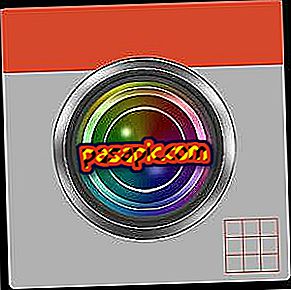How to teach mathematics at different levels

Differentiation in the teaching of mathematics is an important skill in order to meet the needs of different students in a classroom. The objectives of mathematics can be differentiated based on the process, content or product. The process is the way students learn content, content is what students learn, and the product is the way students demonstrate their learning. When teachers can successfully execute one or more ways to differentiate, they are able to engage students in more meaningful learning.
one
Successful differentiation of math lessons requires knowing the students. Knowing the strengths of the students, the weaknesses and learning style, will help you to personalize the math classes in order to ensure the general mastery of the students. The administration of a prior evaluation will give a better idea of where the students are in relation to the subject being taught. Some students need additional help, some students will be right in the center, and others will have mastered the content and will have more extension. Another useful tool is an inventory of learning styles, which reveal the ways in which students learn best.
two
Differentiating content in mathematics is the first area of differentiation of mathematics. The lessons in levels are a good way to differentiate the content. In a lesson of levels students are exposed to a concept of mathematics at an appropriate level for their preparation. Level 1 is a simple version of the middle class, level 2 is the regular lesson, and Level 3 is an extended version of the lesson. For example, if students are learning about the understanding and representation of common fractions, students of level 1 can fold "pizzas" of paper in equal parts to share, students of level 2 can fold a paper pizza in order to share it with a certain number of people, and students of level 3 can divide the pizza in three different ways to get two equal parts.
3
Knowing how students learn best will lead to a deeper understanding of the contents of mathematics. There are several significant ways to differentiate the process. Students will continue to learn the same content, but accessing it in different ways. The "centers" are a good way for students to interact with the contents of mathematics in a way that is both fun and attractive. Each "center" can be a different activity that is related to the objective that is being learned. The "centers" can include games, explorations on the Internet, puzzles and a time in small groups with the teacher. The teacher may require students to attend all "centers", or may allow students to choose according to their interests.
4
Demonstrating what a student learns is an important means to verify the closure of a lesson. Product differentiation is a way for students to demonstrate real mastery of a mathematics goal. There are a multitude of ways in which students can demonstrate what they have learned. Students can complete a worksheet, solve a problem that involves the skill they have learned, investigate and present the history of a mathematical concept, create a math game, or design a lesson to teach younger students.
- Use the Internet to research new and interesting ideas for differentiation.
- Do not try to face all three areas at once, the first time you try to differentiate. Test one area at a time, and then work gradually to differentiate all three.


